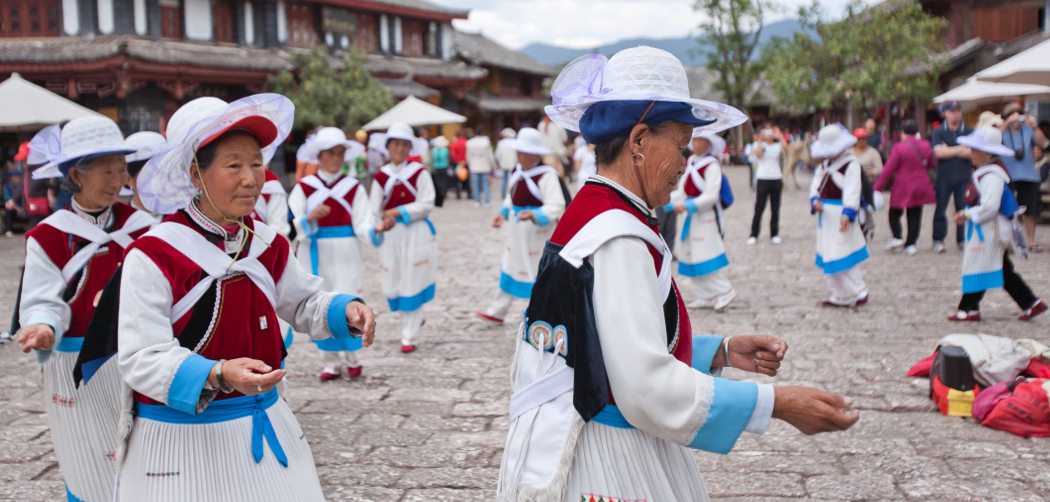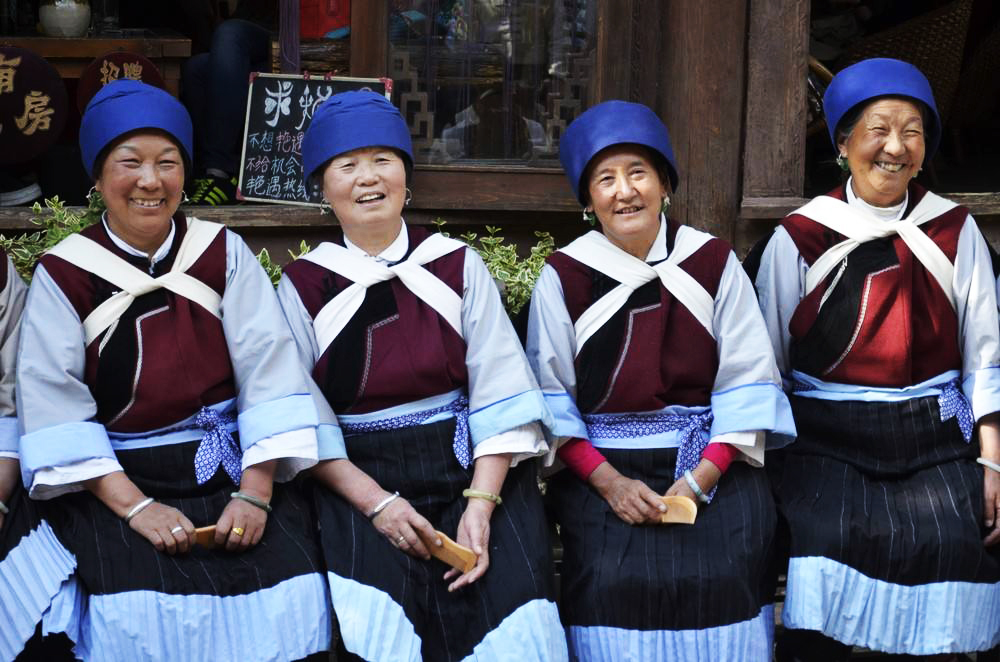Immersing in Lijiang’s Naxi Culture and Ancient Town Heritage
Imagine wandering through winding, cobbled streets lined with ancient wooden houses, where the rich tapestry of Lijiang Naxi Culture comes alive amidst the whispers of history and the vibrant beats of tradition. As a gateway to China ethnic culture, Lijiang offers travelers an unparalleled opportunity to delve into Lijiang cultural heritage, explore cultural attractions in Lijiang, and follow a comprehensive Lijiang travel guide that highlights the essence of China cultural tours. Here at jusha.travel, we love sharing stories like this to inspire your adventures in China, helping you connect with the heart of its diverse heritage. For more on must-visit spots, check out this guide. Whether you’re a seasoned traveler or a curious culture enthusiast, Lijiang’s ancient town promises an immersive experience that blends history, customs, and natural beauty, making it a must-visit destination for anyone exploring the wonders of Yunnan Province.

The Living Heart of Naxi Culture: Exploring Lijiang Ancient Town
Lijiang Ancient Town stands as a timeless jewel in the crown of Lijiang Naxi Culture, a UNESCO World Heritage Site that encapsulates the soul of China ethnic culture. This enchanting area, known as Lìjiāng Gǔchéng, features well-preserved traditional architecture that harmoniously blends Naxi, Han, and Tibetan influences. As you stroll along its flower-filled courtyards and canals, you’ll encounter intricate wooden carvings and sloping roofs that tell stories of centuries past. For a deeper dive, check out this insightful resource on Lijiang Ancient Town’s heritage, which highlights how these elements have been preserved for modern visitors. To dive into more ancient towns, explore this list.
One of the most captivating aspects of visiting Lijiang is witnessing the daily life of its residents. Open-air markets bustle with locals selling fresh produce, handmade crafts, and aromatic teas, offering a glimpse into the communal rhythms that define Lijiang cultural heritage. As a traveler, consider timing your visit to catch a tea house gathering, where elders share tales of Naxi folklore over steaming cups of pu’er tea—a staple in Yunnan’s culinary scene. For practical tips, pack comfortable walking shoes and a reusable water bottle to navigate the town’s hilly terrain while staying hydrated in the high-altitude air. For more on hiking in similar areas, check out these trails.
If you’re planning a China cultural tour, don’t miss the chance to explore nearby spots like Black Dragon Pool Park, where art performances and local gatherings add to the cultural vibrancy. This section of your journey not only enriches your understanding of Naxi traditions but also provides photo opportunities that capture the essence of cultural attractions in Lijiang. Remember, immersing yourself here means respecting local customs, such as greeting elders with a nod and avoiding loud noises in residential areas—small gestures that enhance your experience and show cultural sensitivity. Discover more cultural spots here.

Festivals and the Rhythms of Naxi Life
No exploration of Lijiang Naxi Culture is complete without diving into its lively festivals, which celebrate the heartbeat of China ethnic culture through music, dance, and rituals. These events offer a dynamic way to experience Lijiang cultural heritage, turning the ancient town into a stage for age-old traditions that blend with modern influences. For more insights into celebrating local customs, see this guide. For instance, the Sanduo Festival, held on the 8th day of the second lunar month, honors the Naxi protector deity with ceremonial dances and music that have been passed down for over 1,200 years. It’s recognized as a national intangible cultural heritage, drawing crowds who don traditional attire for a truly immersive celebration.
Another highlight is the Bangbang Festival on the 15th day of the first lunar month, which cleverly mixes Han traditions like eating yuanxiao (glutinous rice balls) with unique Naxi customs, such as lantern displays and community rituals. These festivals not only showcase the diversity of cultural attractions in Lijiang but also provide opportunities for travelers to participate. Imagine joining a group dance or sampling seasonal foods like yak butter tea, which ties into China’s rich culinary heritage and offers a taste of the region’s highland flavors.
As part of your Lijiang travel guide, we recommend checking festival calendars in advance—many align with the lunar calendar, so apps or local guides can help. For more on these customs, explore this detailed overview at Lijiang’s local culture and traditions. An interesting fact: these events often incorporate technology, like digital projections during the Torch Festival, blending ancient practices with contemporary tools to engage younger audiences. This fusion reflects how China cultural tours are evolving, making Lijiang a forward-thinking destination while honoring its roots.

Intangible Heritage: Music, Art, and Daily Traditions
Delving deeper into Lijiang Naxi Culture, the intangible heritage of the region reveals the artistic and spiritual threads that weave through China ethnic culture. From the haunting melodies of Naxi Ancient Music to the pictographic scripts of Dongba culture, these elements form the core of Lijiang cultural heritage and provide unforgettable cultural attractions in Lijiang. At the Ancient Music Hall, you can attend concerts featuring traditional instruments like the pipa and erhu, which blend Confucian, Daoist, and folk tunes in a performance that’s both evocative and educational.
Dongba Culture, preserved by Naxi priests, offers a fascinating insight into shamanistic rituals and animistic beliefs, with the Dongba Culture Museum serving as a prime spot for interactive exhibits. Here, you’ll see ancient pictographs and religious scrolls that illustrate how Naxi worldview integrates with Tibetan Buddhism. For art enthusiasts, a visit to Baisha Village is essential, where Ming Dynasty murals depict harmonious scenes blending Tibetan, Naxi, and Han influences. This site is perfect for a China cultural tour focused on visual storytelling.
Practical tips for travelers include joining workshops on Naxi craftsmanship, such as leather-working or silver enamel jewelry making, which allow hands-on engagement with these traditions. An intriguing fact is how modern technology, like apps for learning Dongba scripts, is helping preserve this heritage for future generations. To learn more about these aspects, refer to this guide on Naxi traditions, which provides additional context for your journey.

Historic Sites and Immersive Experiences Beyond the Town
While Lijiang Ancient Town is the centerpiece, extending your adventure to nearby areas uncovers more layers of Lijiang Naxi Culture and enriches your Lijiang travel guide. Sites like Shuhe Ancient Town, an older stop on the Ancient Tea Horse Road, offer a quieter immersion into China ethnic culture, with markets showcasing Dongba calligraphy and leather crafts. This area exemplifies Lijiang cultural heritage through its daily markets and artisan workshops, where you can participate in activities like making handmade paper.
Iconic spots such as Mu’s Mansion provide a window into the lives of Naxi chieftains, with grand halls and gardens reflecting a syncretic architectural style. Spiritual landmarks like Yufeng Temple, nestled at the base of Jade Dragon Snow Mountain, feature a 500-year-old camellia tree that’s a symbol of resilience and cultural pride. For cultural attractions in Lijiang, these sites offer a mix of history and nature, ideal for China cultural tours that seek balance.
Travelers should consider guided tours for safety and depth, especially in mountainous areas, and be mindful of environmental conservation—Lijiang’s ecosystems are as precious as its culture. For further reading on these explorations, visit this comprehensive travel blog. Additionally, learning a few Naxi phrases, like “kulo” for hello, can enhance interactions and show respect.
In conclusion, immersing in Lijiang Naxi Culture and its ancient town heritage is more than a trip—it’s a journey into the vibrant mosaic of China ethnic culture, filled with Lijiang cultural heritage, stunning cultural attractions in Lijiang, and invaluable insights from a solid Lijiang travel guide or China cultural tours. For more on romantic getaways, check this out. From the lively festivals to the serene spiritual sites, these experiences leave lasting memories and a deeper appreciation for China’s diversity. At jusha.travel, we’re passionate about guiding you through such adventures, so whether you’re planning your next trip or reflecting on past ones, we encourage you to share your thoughts in the comments below, visit jusha.travel for more inspiring content, or explore related articles like our guides to other Yunnan gems. What aspects of Naxi culture are you most excited to discover? Let’s keep the conversation going!

